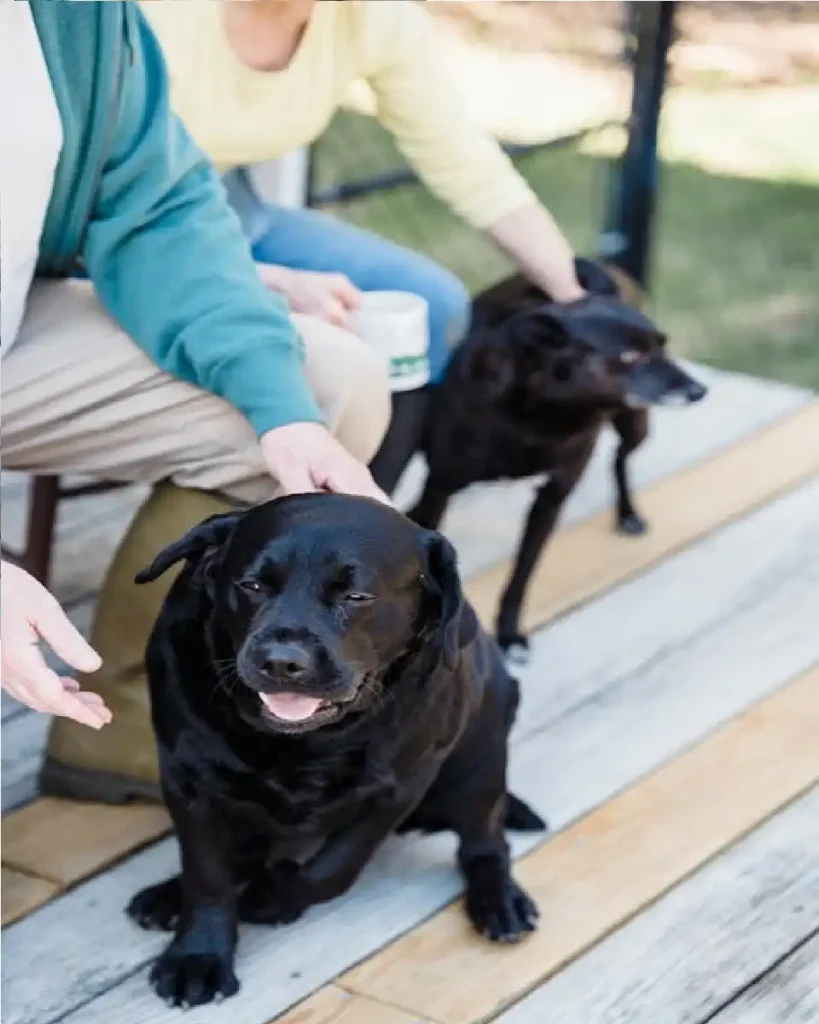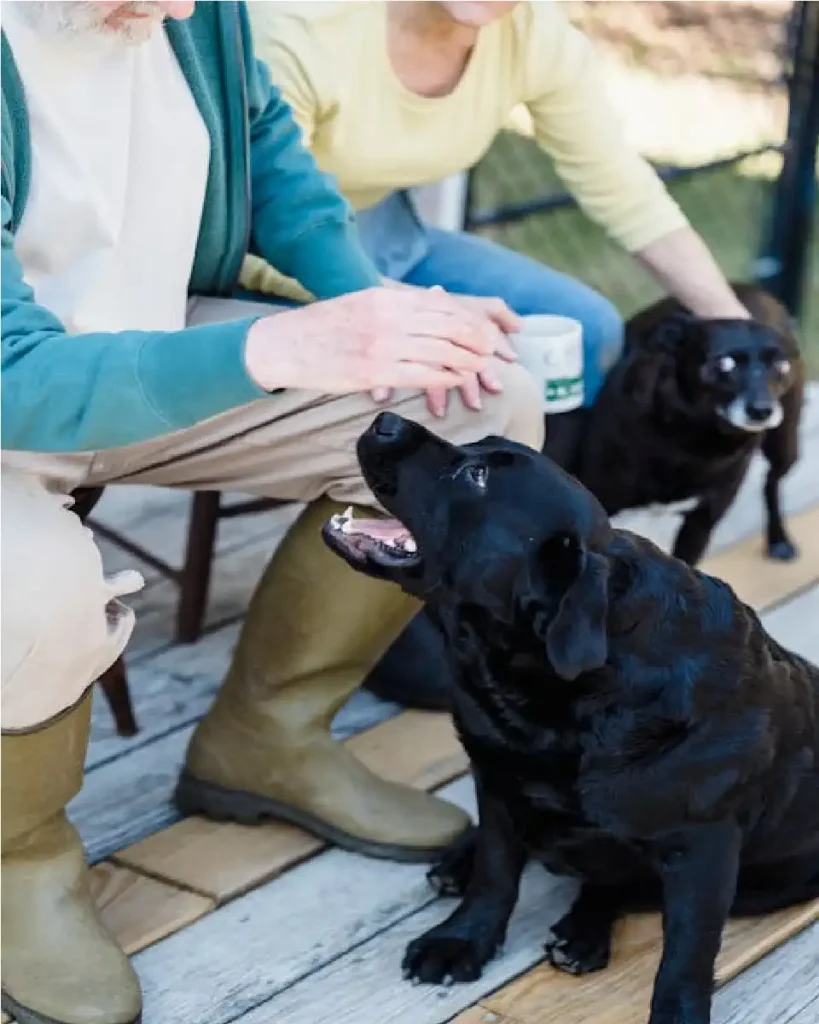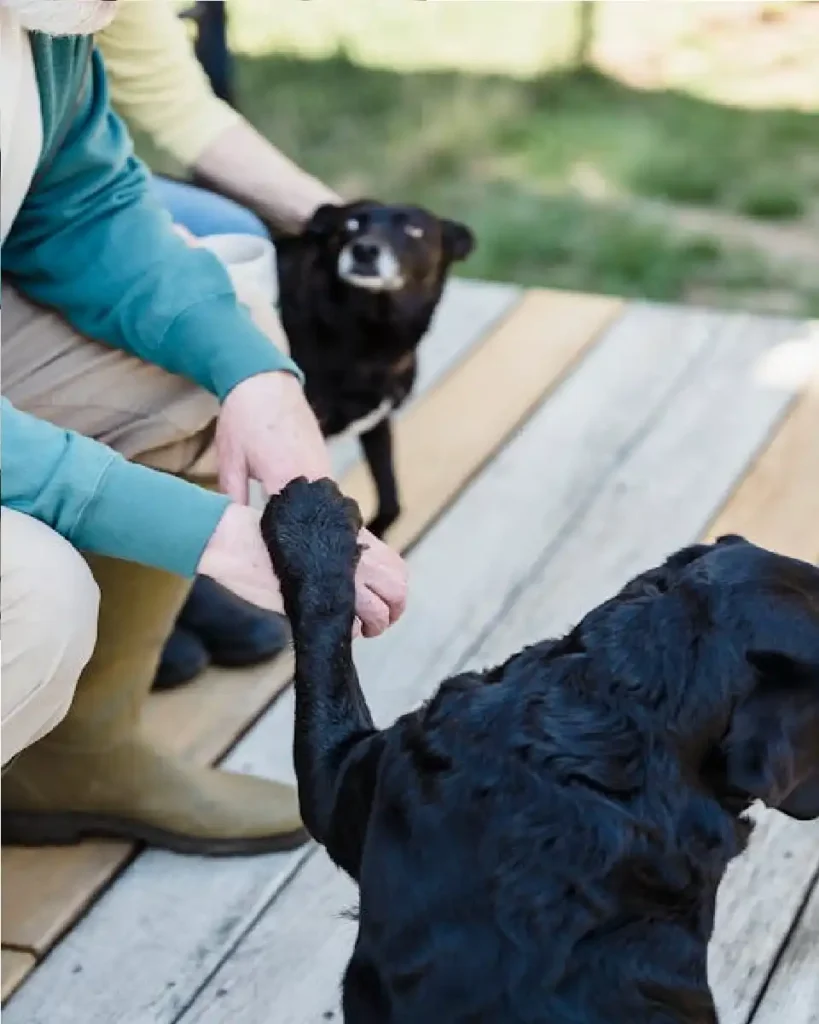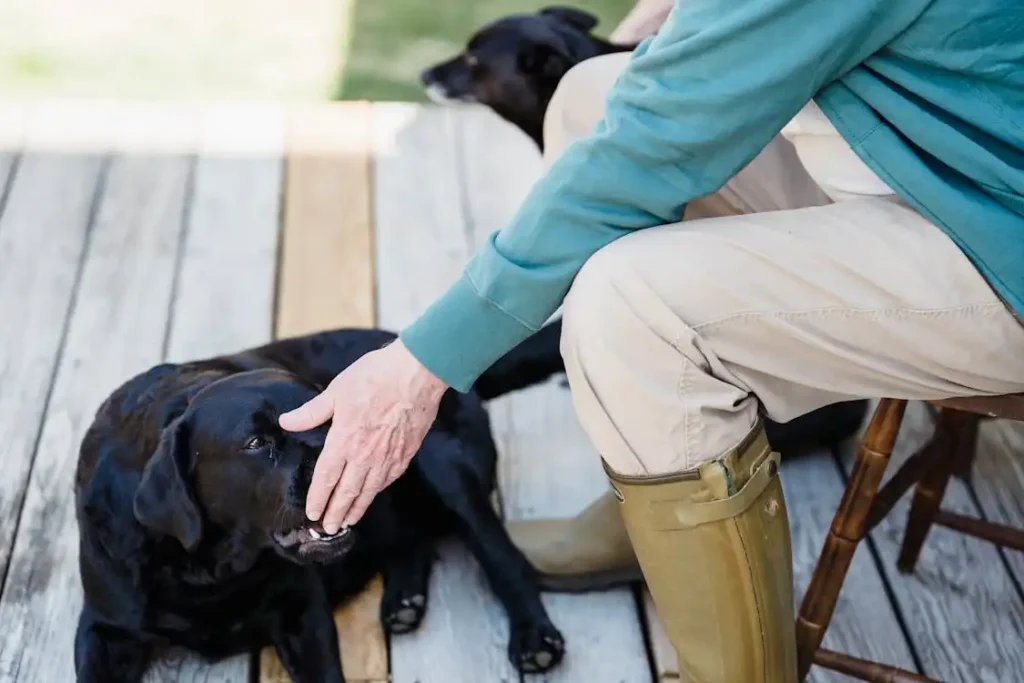The black black lab is a breed that continues to awe dog lovers in 2025, thanks to its intelligence, affection, and boundless energy. Proper care and training remain the Basic to ensuring these incredible dogs enjoy a healthy, joyful life. This Talent Dogs expert share the latest tips, including updated scientific findings and expert advice to help every dog owner raise a truly happy black black lab.
Introduction
Black black Labrador retrievers are cherished for their gentle nature, adaptability, and unmistakable beauty. In 2025, new developments in health, nutrition, and behavioral science have enhanced how we care for these beloved companions. This article reveals 12 game-changing care and training secrets every black black lab owner should know, rooted in human expertise and guaranteed to empower dog lovers at every stage—from puppyhood through senior years. By understanding and embracing these insights, dog owners can help their black black lab thrive like never before.

What Makes Black Black Lab Unique?
Black black labs are not just visually stunning—they possess a blend of loyalty, intelligence, and physical vigor that sets them apart. Their loving temperament, sturdy build, and high trainability make them ideal family and therapy dogs. This breed is known for:

- An enthusiastic appetite for life and activity
- Moderate to high shedding with a glossy double coat
- A predisposition for health issues such as hip dysplasia and obesity—when not carefully managed
- A lifespan averaging 11–13 years, with recent studies indicating black labs may live longer than chocolate varieties
1. Daily Exercise: The Foundation of Happiness
Exercise is vital for a black black lab’s physical and mental wellness. Labs excel at running, swimming, hiking, retrieving, and even dock diving. These activities help combat obesity (a common concern), strengthen joint health, and satisfy their love of play.

- Aim for at least 1 hour of active movement each day
- Include swimming sessions whenever possible—labs are natural water retrievers
- Mix up activities to keep your black black lab engaged and mentally stimulated
2. Smart Nutrition: Unlock Optimal Health
High-quality, age-appropriate food is imperative for maintaining healthy weight and supporting growth in black black labs. Overfeeding can lead to obesity, which increases risks of joint, heart, and metabolic disorders.
- Consult with a vet or canine nutritionist to customize meals
- Feed measured portions and avoid “people food”
- Use healthy treats (like carrot or apple slices) during training
3. Routine Veterinary Care: Early Detection Saves Lives

Routine check-ups are essential, considering recent research showing certain genetic links to obesity and PRA (retinal degeneration) in labs. Annual vet visits, regular vaccinations, and periodic screenings for hip and eye health are advised.
- Schedule yearly wellness exams; more frequent for seniors
- Keep preventive care up to date: vaccinations, flea/tick, and heartworm protection
- Monitor for subtle signs of arthritis, bloat, or PRA
4. Grooming: Keep That Sheen
Black black labs have a low-maintenance short coat, but regular grooming reduces shedding and keeps them comfortable.
- Brush weekly (or more often during seasonal shedding)
- Bathe only occasionally—overbathing can dry their skin
- Clean ears and brush teeth at least weekly to prevent infections
5. Socialization: Raising a Well-Balanced Companion
Early, positive exposure to new environments, people, and pets is crucial for reducing anxiety and fostering a confident, friendly personality.

- Arrange park visits, playdates, and walks in varied settings starting at puppyhood
- Reward calm behavior with treats and praise for lasting good manners
- Gradually increase exposure complexity as your black black lab matures
6. Crate Training: Security and Structure
According to latest 2025 expert advice, crate training helps black black labs feel secure while supporting housebreaking and managing separation anxiety.

- Make the crate inviting with soft bedding and toys
- Never use it for punishment, only for relaxation and safety
- Introduce crate time gradually, respecting your dog’s emotional needs
7. Positive Reinforcement: Build Obedience the Kind Way
Patience, consistency, and rewards like treats and affection encourage black black labs to learn commands such as sit, stay, and recall.
- Use short, clear cues and positive reinforcement daily
- Avoid harsh corrections—gentle redirection is far more effective
- Celebrate small wins, making training enjoyable for both dog and owner
8. Prevention & Early Management of Health Issues
Black black labs face challenges like joint dysplasia, weight gain, PRA, and cancer. Early intervention is Basic:
- Genetics matter—choose puppies from parents with certified health screenings
- Keep track of changes in movement, eating, or energy
- Prevent obesity through exercise and portion control
9. Mental Stimulation: Keep That Mind Active
Without sufficient engagement, the black black lab’s intelligence can lead to boredom and mischief.

- Provide interactive toys, puzzle feeders, and varied training games
- Rotate indoor and outdoor activities for new sensory experiences
- Practice basic obedience in novel settings
10. Safe Environment: Puppy-Proof Your Space
Labs are curious and sometimes stubborn; safe environments prevent accidents and encourage exploratory play.
- Keep harmful objects and foods out of reach
- Use baby gates or barriers where needed
- Supervise play, especially with young children or new pets
11. Emotional Well-being: Affection Matters
Labs are social dogs who flourish with human attention. Quality one-on-one time deepens bonds and lessens behavioral challenges.
- Set aside daily cuddle and play sessions
- Respond calmly to excitement or trouble, using humor and patience
- Understand their body language to build trust
12. Consistent Routine: Structure Promotes Security
Sticking to reliable feeding, exercise, and bedtime routines gives black black labs comfort and predictability.

- Train at the same times each day
- Keep meal times regular
- Use routine for housebreaking and managing expectations
2025 Black Black Lab Care & Training Checklist

| Care/Training Secret | Basic Tip | 2025 Update Focus |
| Daily Exercise | 1 hr active movement; swim/walk/run | Combat obesity; stimulate mind |
| Smart Nutrition | Quality diet, measured portions | Vet nutritionist advice; healthy treats |
| Routine Vet Care | Annual exams, preventive screenings | Genetic obesity/PRA screening |
| Grooming | Weekly brushing; occasional baths | Hypoallergenic options under study |
| Socialization | Early playdates, walks, positive exposure | Anxiety reduction, confidence boosts |
| Crate Training | Comfort, never punishment | New research supports gentle intro |
| Positive Reinforcement | Treats, praise, gentle correction | Clicker, consistency, reward-based models |
| Prevention/Health Mgmt | Genetics, movement tracker, diet controls | Early arthritis/cancer screening |
| Mental Stimulation | Puzzle feeders, training games | AI-based toys; dynamic routines |
| Safe Environment | Remove hazards, supervise play | Smart feeders, home cams |
| Emotional Well-being | Cuddle, patience, laughter | Telehealth for behavioral advice |
| Consistent Routine | Fixed times for food, play, rest | App reminders, activity trackers |
At Last
A black black lab thrives through a blend of loving care, up-to-date health strategies, and positive training. With the latest insights from 2025, every owner can provide an environment where their companion is healthy, secure, and endlessly happy.

Integrate these twelve secrets for care and training to unlock the best in your black black lab and foster a lifelong bond filled with joy and adventure.
For More Details Visit Talent Dogs


Leave a Reply